SZSDT’s textile workshop takes place at KASI training centre in Bratislava

Graeme Richardson-Locke shares his experience of attending FESPA’s Slovakian Association, SZSDT’s two-day textile workship in Bratislava that focused on techniques for printing on garments.
FESPA’s Slovakian association of screen and digital printers, the SZSDT organised a two-day workshop event in Most Pri Bratislava on the 15th-16th February. The event included discussions and demonstrations of techniques for printing on garments using the training centre of KASI, a respected supplier within the Slovakian and Czech Republic community.
FESPA supported the project and I was very pleased to be invited to the event. I demonstrated how to print better CMYK on white shirts using 144 micron stochastic screening. This was achieved using separations created using the GrafcoAST RIP and an Epson printer for imaging film positives. The workshop was designed around an audience of 30 delegates but due to high demand it was expanded to support 50 printers.
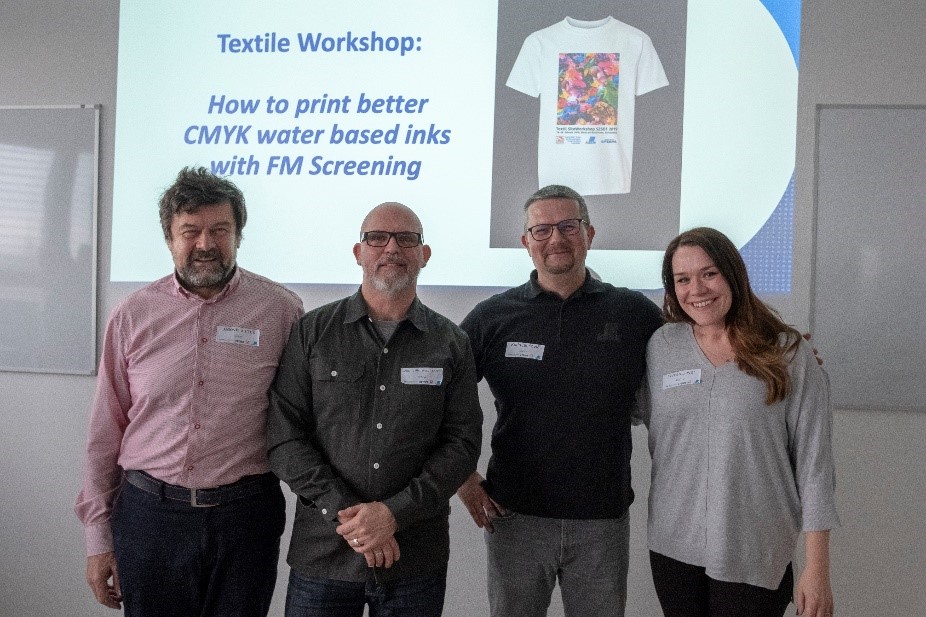 Caption: Ludovit Bartos SZSDT, Graeme Richardson-Locke FESPA, Rudolf Jancovic KASI and Theresa Dever Magna Colours.
Caption: Ludovit Bartos SZSDT, Graeme Richardson-Locke FESPA, Rudolf Jancovic KASI and Theresa Dever Magna Colours.
The association brought in the talent of a local X-Rite Colour Management specialist who provided useful insight into the wide variety of raster formats available from AM in its different forms. This included forms such as elliptical chain, round, geometric through to hybrid screening combining AM and FM in the same channel.
Rudolf Jančovič, the Managing Director of KASI gave a tour of the business which offers extensive services from ink and consumable supplies to advanced screen making and stencil exposure. Their client list includes industrial glass manufacturers, industrial printers and large format graphics printers. KASI’s approach is technically rigorous and adaptive to the wide range of customer specifications. They also offer their own range of screen reclaiming, stencil development and exposure equipment including the CST computer to screen exposure technology. In addition, they host a great event with home made food and a very welcome from their entire team.
Magna Colours provided water-based inks for the print demonstrations, from their CMYK set to water-based polyester dye blockers to photochromic, thermochromic and black reflective. Theresa Dever, Sales Manager of Magna did a great job of explaining the benefits of their inks which included the screen stability, soft hand feel and wide range of special effects available in the range. Of course, the sustainability benefits of water-based inks are well known and once the decision has been made to switch from plastisol it won’t be a long road to adapting in the print room.
Magna are clearly committed to making a positive contribution through its GNA accreditation scheme which eliminates all the chemicals on Restricted Substance Lists that individual brands have banned from their formulations. The good thing about GNA is it’s more stringent than other brands, this means they offer a single point of compliance. I requested that we also print onto organic cotton garments as KASI selected a range of styles and colour from Stanley & Stella.
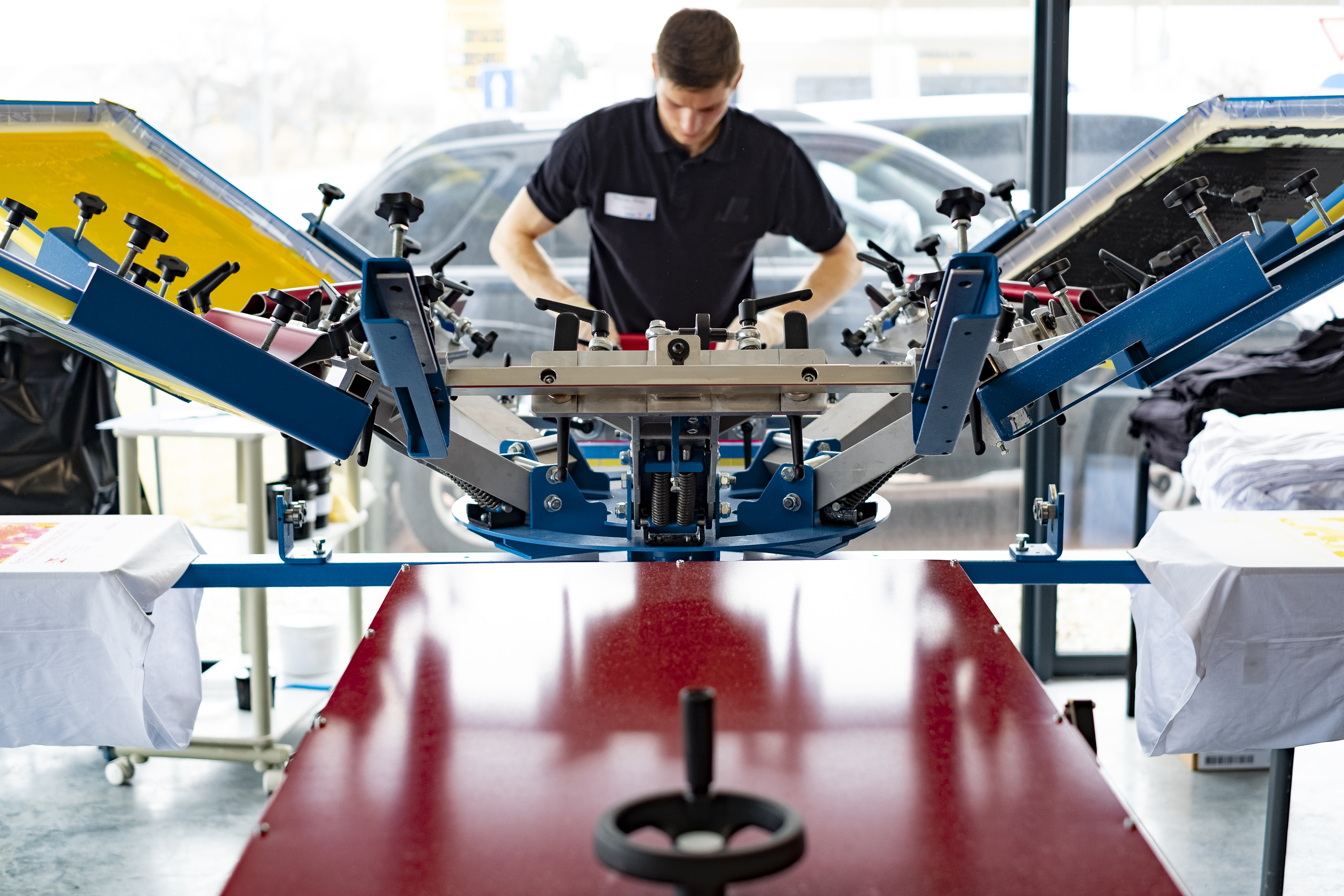 Caption: Marion printing KYMC on M&R Carousel
Caption: Marion printing KYMC on M&R Carousel
My presentation covered the processes to calculate TVI (tonal value increase) when running film positives through a RIP by measuring tone scales with a transmission densitometer. This was followed by the additional curve correction applied to correct for dot gain on press for a specific printing condition. In this case we printed an FM screen through 120.25 high tension low elongation mesh stretched to 25 newtons on Newman Roller frames using an M&R manual carousel. The squeegee was the Constant Force product that is lightweight and often preferred by printers using a ‘push’ technique.
The print results were satisfactory, however they pointed to colour shifts due to the yellow ink being warmer in shade than the ISO standard. We ran the separations using a Fogra 39 profile to ISO 12647 and its accompanying certified contract proof. Unsurprisingly, fully optimised results came from running several press tests. Magna Inks offered to review the option to create an ISO 12647-5 medium or large gamut process ink set.
The group found the topic interesting and understood the benefits of calibration and viewing results in the correct viewing condition against a proof with accurately presented colour rendering.
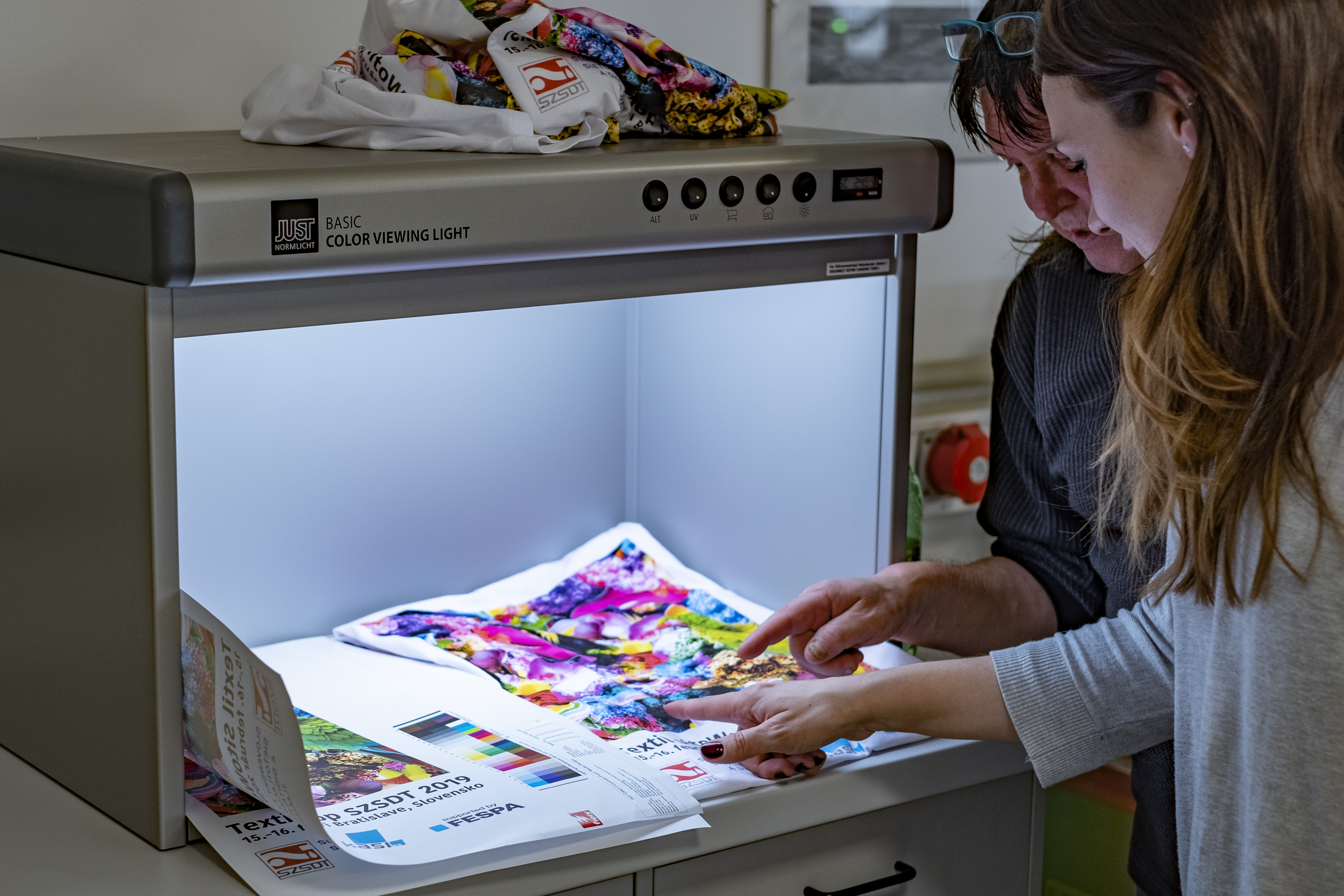 Caption: Print being inspected under D50 light against contract proof
Caption: Print being inspected under D50 light against contract proof
The next practical session focused on printing water-based carbon black dye blocker as an underbase to a top opaque white onto red polyester sports shirts. The results showed no dye migration into the white.
These sessions were split into lecture sessions that allowed for delegates to make reviews and take part in discussions. The final session focused on printing shirts with a combination of black with reflective beads, photochromic yellow and thermochromic red with artwork designed around the theme of an astronaut in space.
 Caption: On day two before leaving I managed to get a group photo.
Caption: On day two before leaving I managed to get a group photo.
Once everyone had said their goodbye’s I had the chance to spend the evening with Ĺudovit Bartoš, the SZSDT Association secretary, Lubomir Kobida, the SZSDT Vice President and Rudolf Jančovič, a FESPA Board member and host. They proceeded on giving me a tour of Bratislava and with Ludovit’s added skills as a professional tour guide I learnt many interesting historical facts about Slovakian culture and history.
 Caption: A view across Bratislava to the castle
Caption: A view across Bratislava to the castle
The experience was rounded off with dinner and beers in a Bratislava beer hall where we talked about the challenges of engaging a new generation in screen and digital printing. As always, the event was stimulating, and everyone learnt new applicable skills for their businesses. I look forward to seeing the Slovakian and Cezch Republic delegations when they arrive at Club FESPA in Munich at the FESPA Global Print Expo in May this year.
Global Print Expo 2019 is Europe’s largest speciality print exhibition for screen and digital wide format print, textile printing and signage solutions. Taking place at the Messe Munich between the 14-17 May, visitors for all spectrums of the print industry have the opportunity to experience the latest products and innovations on display from 700 global manufacturers and suppliers. Please use promo code FESG902 to register for free.
Topics
Interested in joining our community?
Enquire today about joining your local FESPA Association or FESPA Direct
Recent news

The benefits of using AI in speciality print
Mark Coudray shares how AI is beginning to have a crucial impact in speciality graphics particularly regarding screen printing and wide format printing.
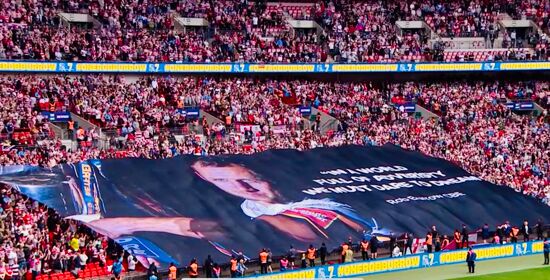
The top outdoor prints in the UK
Rob Fletcher showcases examples of the best outdoor print in the UK that are uniquely innovative.
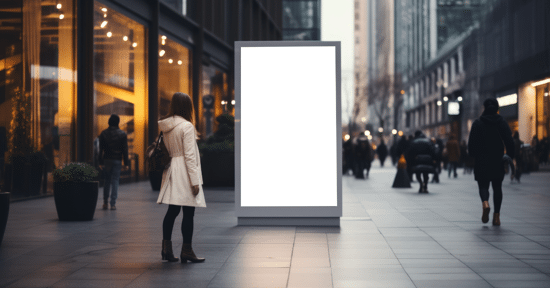
Sustainable signage: the future of lightboxes
Among the various signage solutions, illuminated signs stand out for their ability to combine visibility with sustainability. James Gatica Matheson explores how sustainable practices are being integrated into the production of light signage and essential electrical safety requirements that align with the Sustainable Development Goals (SDGs).

Bell Printers triumphs at FESPA Awards 2023 for its luxury coffee packaging
Bell Printers won the bronze award at the FESPA Awards 2023 for the 'Luxury Packaging' category with its exquisite entry for Alluveim luxury coffee packaging. Mobin Akash, 3D Designer at Bell Printers discusses this crucial win, their winning entry and the importance of sustainability for this project.